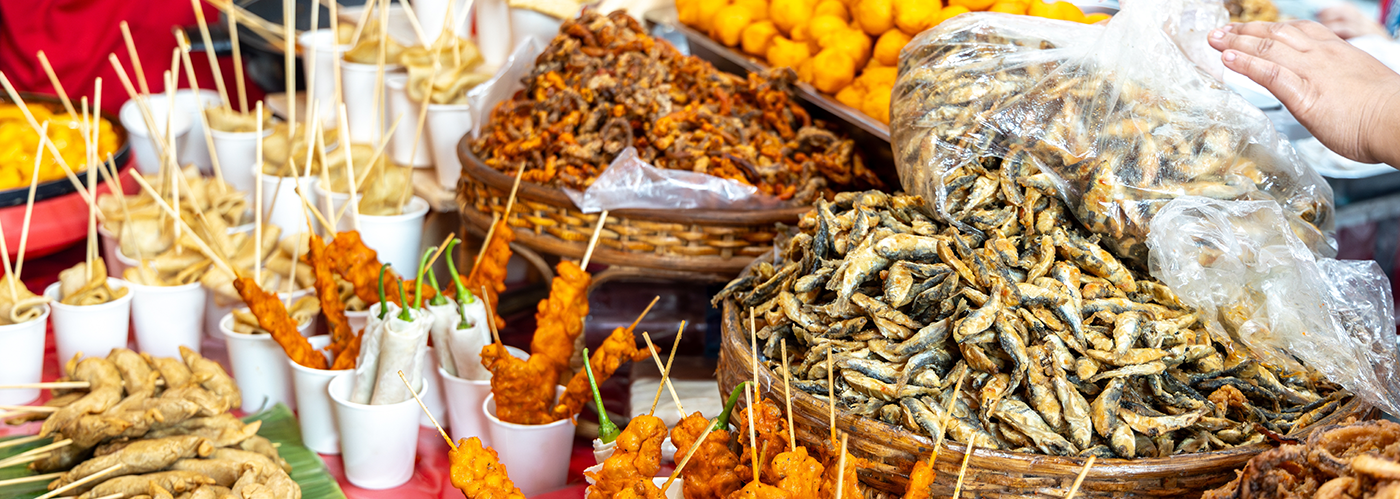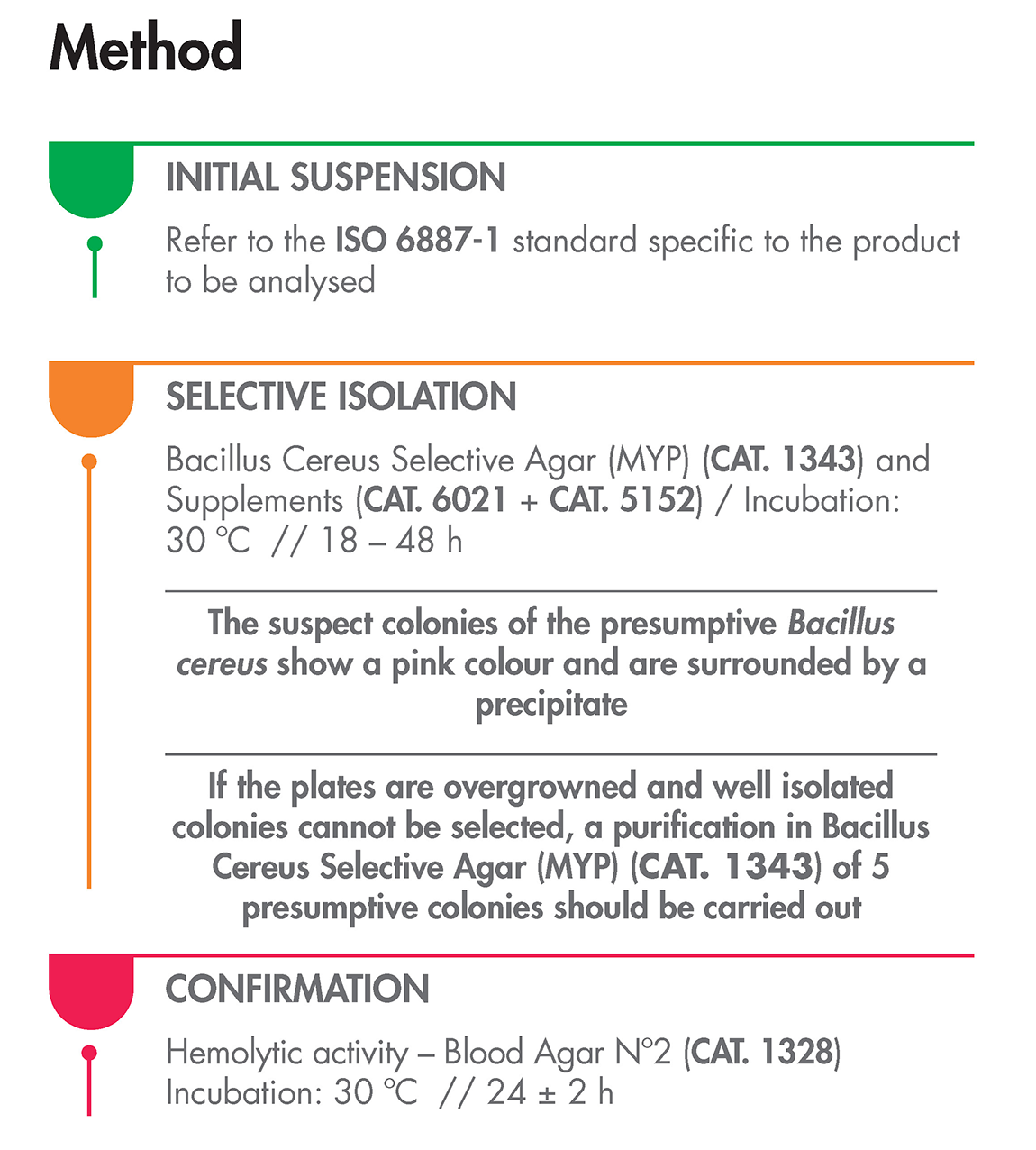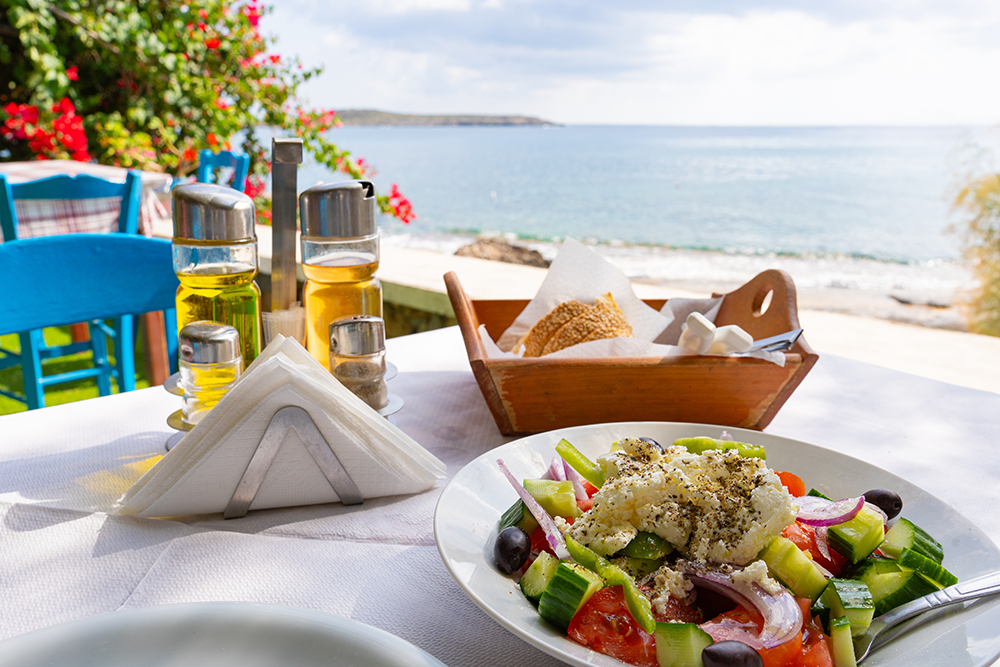Toxiinfections: definition and risks during summer
Food poisoning occurs when consuming food contaminated with microorganisms or their toxins, leading to illnesses. In summer, the risk increases due to the climatic conditions of temperature and humidity. These conditions facilitate the rapid growth of common foodborne bacteria such as Salmonella, Campylobacter, and Escherichia coli. Advance preparation and subsequent consumption without proper refrigeration can result in rapid bacterial growth, increasing the chances of developing symptoms like diarrhea, fever, and general discomfort associated with food poisoning.

Bacillus cereus: A lesser-known microorganism
B. cereus is a human pathogen primarily transmitted through contaminated foods, causing significant outbreaks of foodborne illness. It is a facultative anaerobic Gram-positive bacillus that forms non-swelling spores. Additionally, it produces lecithinases that serve as indicators of its presence and determine the type of infection it can cause, whether diarrheal or emetic (thermostable and thermolabile respectively, sometimes both).
How does B. Cereus survive throughout the food production chain?
This microorganism is widely distributed and can be found in a variety of foods, especially in dehydrated products like biscuits, broths, cereals, and teas. Food poisonings from B. cereus typically occur more commonly from consuming cooked meat or boiled rice. Its ability to grow over a broad range of temperatures makes it a resistant bacterium to food processing. Additionally, its spore-forming ability subjects it to critical analysis by any food industry company, for which a reference analysis method (ISO 7932/A1) is established.
Analysis of B. Cereus in food samples
As stipulated by RD 2073/2005, the ISO 7932 reference analytical method is used, employing an MYP agar medium supplemented with polymyxin to inhibit accompanying flora.

An egg emulsion is also added to the preparation since this microorganism can produce lecithinase. This process aids in identifying suspect colonies, which exhibit pink elongated shapes surrounded by a white precipitate. These colonies are confirmed through an examination of their hemolytic activity on blood agar.
At Asiagel, we provide all the necessary media and supplements for the complete process.
For any queries regarding the methodology or any aspect related to Asiagel, feel free to reach out to us.




